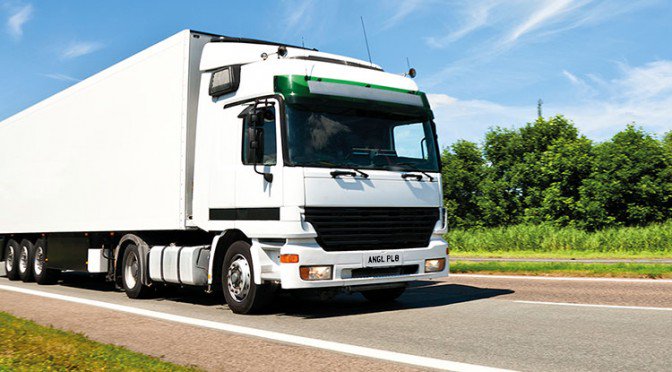According to a report published by the Environmental Services Association (ESA), around 58 per cent of non-fatal accidents in the waste industry occur during collection activities, including slips, trips, falls and manual handling.
Many believe that waste workers are at greater risk from hazardous conditions than those employed in other industrial sectors. It’s a claim backed up by the number of injuries recorded by the Reporting of Injuries, Diseases and Dangerous Occurrences Regulations (RIDDOR) organisation, which says non-fatal waste sector accidents account for four times the national average. This is despite the fact that waste sector workers only account for 0.6 per cent of the overall UK workforce.
If your business is involved in hazardous environments, it is your responsibility to ensure the safety of your employees while at work. As well as good health and safety policies, your business should also consider employers’ liability insurance in addition to your general business insurance.
The ESA findings include reports from various waste companies, which has in turn been disaggregated from Health & Safety Executive (HSE) data. ESA’s members, which includes waste companies Suez, Veolia and Grundon, claim that reported injuries have been reduced by 78 per cent since 2004.
The report states: “ESA’s accident rate (total accidents per 100,000 employees) currently stands at 919 and is lower than the provisional 2014/15 accident rate of 1,715 reported by HSE for the waste and recycling industry as a whole. Comparison of ESA’s data against HSE’s shows that the rate of injury reduction achieved by ESA Members since 2009 (52.3 per cent reduction) has not been mirrored by the wider industry (23.7 per cent reduction).
“A key aim for ESA is to ensure that the success and momentum behind our efforts to reduce accidents is disseminated more widely across the entire industry, so that all may benefit from a reduction in injuries.”
The report also notes that waste collection remains one of the most hazardous aspects within the industry’s operations. This is because work is often undertaken under “dynamic and variable conditions of the public highway” and with a “high degree of interaction between vehicles”.








